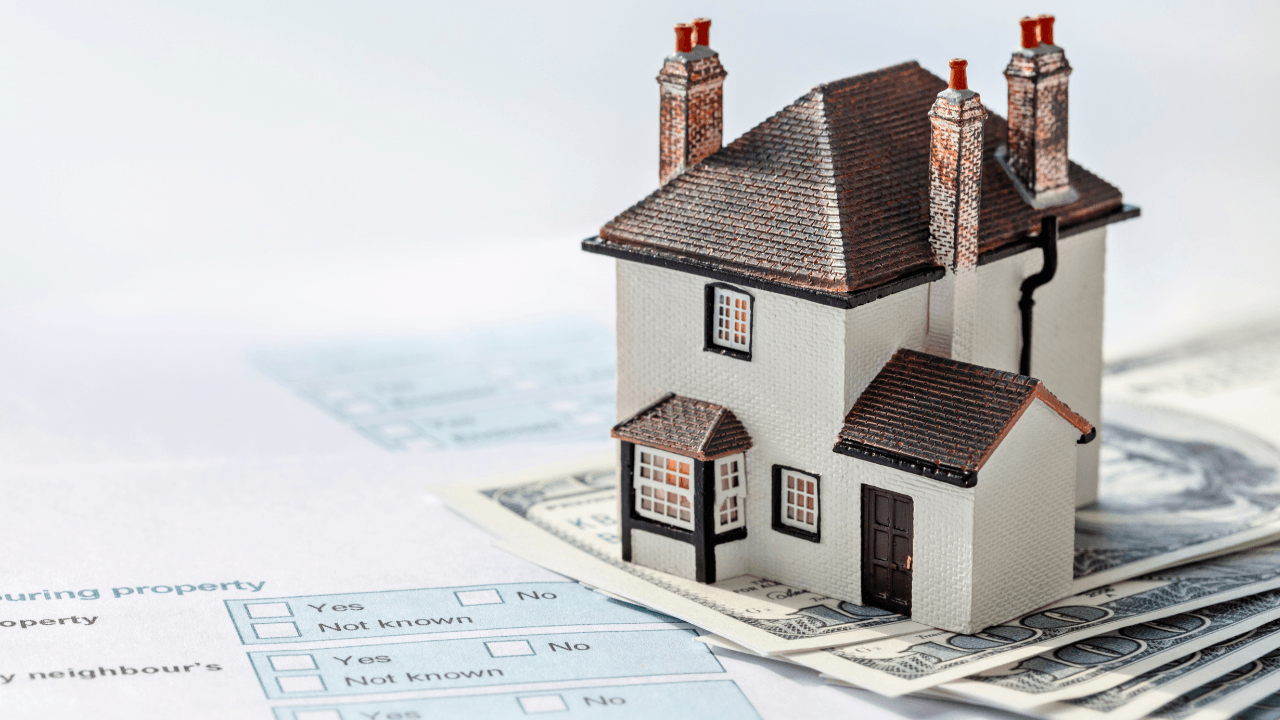While it’s true you have to be willing to analyze hundreds of deals to find a great one, it’s also true that finding great deals is possible, even in a competitive market.
One way to approach deal-making is to look for undervalued property.

Make sure you download ALL my resources for FREE at this link: https://realestateempire.co/
When a deal comes in from one of your brokers, you need to know, based on your investment criteria, whether or not its a good deal for you. To decide this, the three main indicators you need to look at are:
- Capitalization Rate (or Cap Rate)
- Cash on Cash Return
- and the Debt Service Coverage Ratio
The Cap Rate is a multiplier that is applied to the NOI (Net Operating Income) to determine the value of a building. Since, Cap Rate is a bit of an abstract concept, you can find a more in-depth explanation here.
Cash flow is king, and the Cash on Cash Return measures how much cash you're getting back each month based on how much cash you invested. The Cash on Cash Return is the cash flow after ALL expenses (including debt service) divided by the total cash invested.
Finally, the Debt Service Coverage Ratio (DSCR) is often used by banks to determine the risk level of the building if they were to grant a loan to you. You can delve into that here.
As you use these metrics to determine whether or not a deal is the right deal for you, how can you determine that a property is undervalued?
First, look at the data and work the numbers of the area.
What are the historic trends?
What are the comps in the area? What are other properties selling for?
Where is the area in terms of growth?
Finding undervalued property requires you to look at data and think outside of the box. For example, you might also consider light industrial areas that have recently been rezoned or where rezoning is in the planning stages.
Second, look for motivated sellers.
Do some investigating into the circumstances of the sale. It stands to reason, you’re going to get a better deal with a motivated seller who has personal reasons for wanting to sell the property quickly.

Third, look for properties that simply need a boost of curb appeal.
The old real estate adage, “the worst house on the best street,” can certainly be applied to apartment buildings. Often tired landscaping or an old paint job is the primary factor in an undervalued asking price.
You’ll just need to make sure that the necessary cosmetic changes don’t point to underlying damage, and factor in the cost of repairs.
These value-add deals are one of the best ways to build wealth in the shortest period of time.
When it comes to evaluating these deals, they tend to break our three rules of thumb about Cap Rates, Cash on Cash Return, and DSCR. But by renovating the building and filling up the units, you increase the value of the building substantially.
When you finally sell the building, you have created so much profit that the overall return of the investment is fantastic.
Ultimately, a great deal depends on you and your expectations, but if you use these methods for digging into your market, you can find undervalued property and turn it into good returns for you and your investors.
As always, f you’re looking for the best tool on the planet for analyzing apartment buildings, check out the the Syndicated Deal Analyzer.
Can you be more specific about the content of your article? After reading it, I still have some doubts. Hope you can help me.